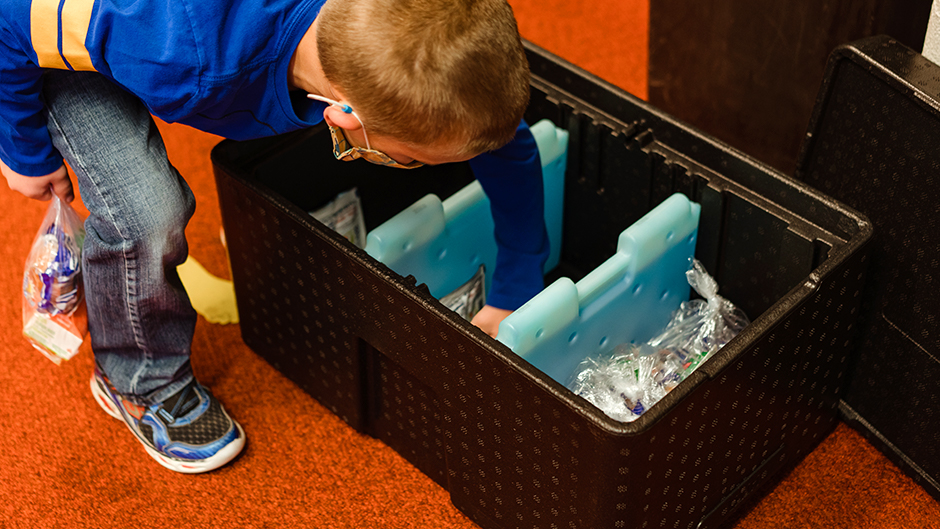Unlike a virtual lesson plan, you can’t serve a turkey sandwich or a glass of cold milk through a screen or monitor. And in order to keep kids healthy, there’s really no way around the physical act of getting nutritious foods into their hungry mouths.
Currently, more than 30 million children across the nation depend on school meals for a substantial portion of their daily nutrition. The global pandemic has exacerbated the situation, forcing food services professionals to reinvent the system in order to satiate a longstanding need.
“At the beginning of the pandemic we were sourcing a lot of frozen and prepared foods that could simply be opened out of a package or heated in a microwave and eaten. We also had to figure out how to feed these kids in a variety of new spaces,” says Danielle Bock, a nutrition services director based in Northern Colorado. “Today, we’re bringing meals to families via drive-thru curbside pickups and at bus stops, routes that move about the city and provide families whole trunks full of free groceries.”
Bock works with a team of more than 200 workers in Greeley-Evans School District 6. Greeley is average-size for a district in the Centennial State, and crews there are rolling out approximately 6,000 lunch and breakfast meals a day. During a typical school year that number climbs to about 44,000 daily meals. These formidable efforts are aided by groups such as DairyMax — a regional affiliate of the National Dairy Council that funds and facilitates school lunch programs.
“When COVID hit, everything switched to where schools were forced to serve meals at a distance,” says Melissa Bruck, DairyMAX’s school wellness consultant. “Across the country some districts are now doing community curbside meals, while others are delivering direct to the doorstep.”
DairyMax notes that this nationwide move to food delivery triggered an immediate need for insulated packaging that safeguard perishables in transit, so it teamed up with Liviri to bridge the gap via donations of reusable, thermally performant Sprint50 boxes.
“Many school districts have limited numbers of coolers, which limits their ability to serve dairy items as well as meats, fruits and vegetables,” Brunk adds. “Having more coolers allows them to continue their meal services outside of school and cafeteria environments while ensuring food safety.”
School meal providers anticipate that these alternate service methods are here to stay — at least for the near-term. And things like insulated food containers and other equipment upgrades provide much-needed flexibility as districts turn to feeding kids outside, in classrooms or spread out in the schools,

